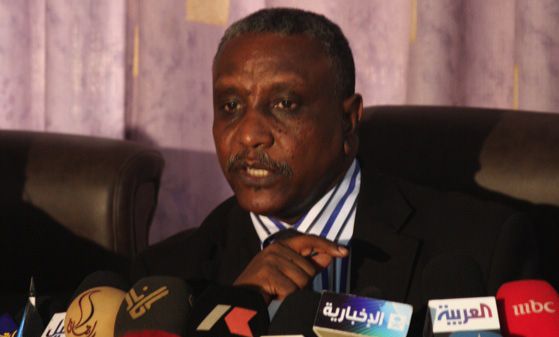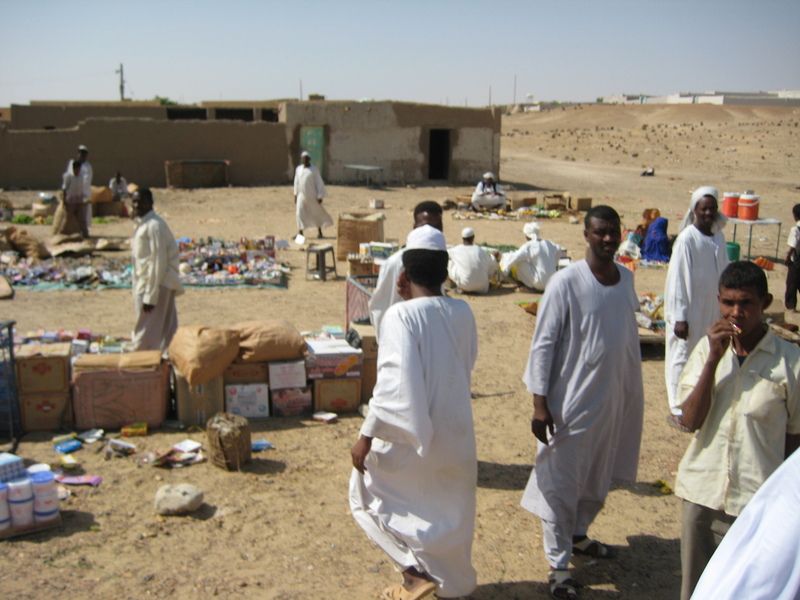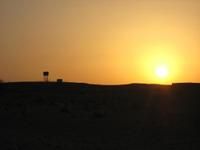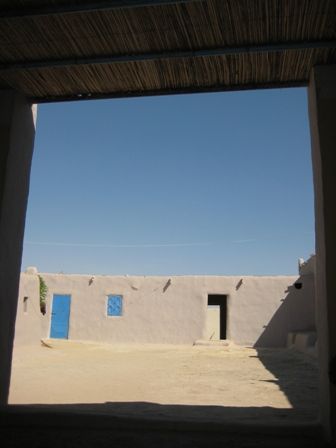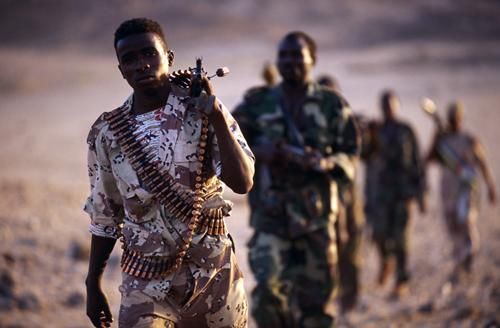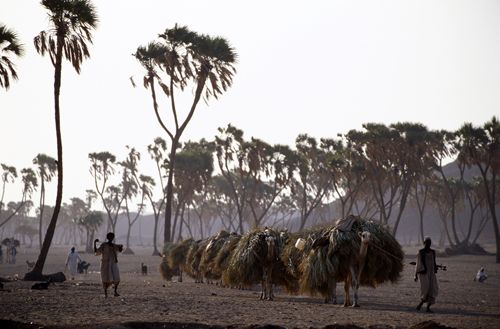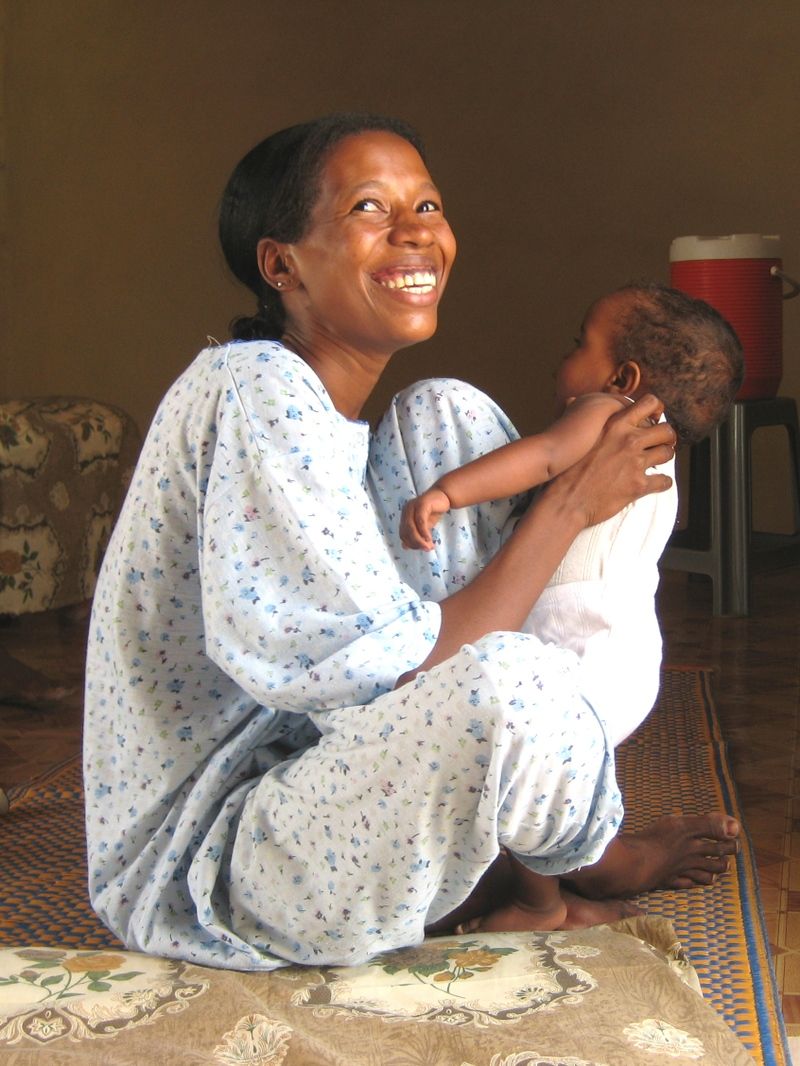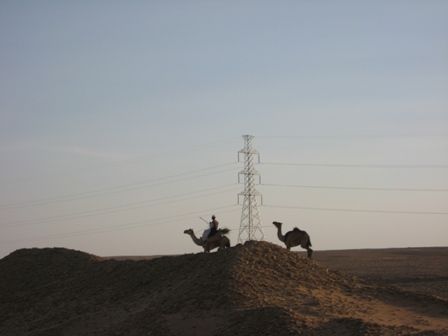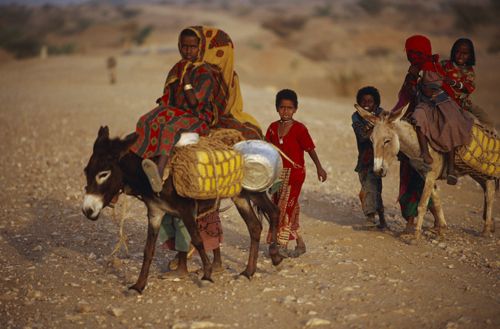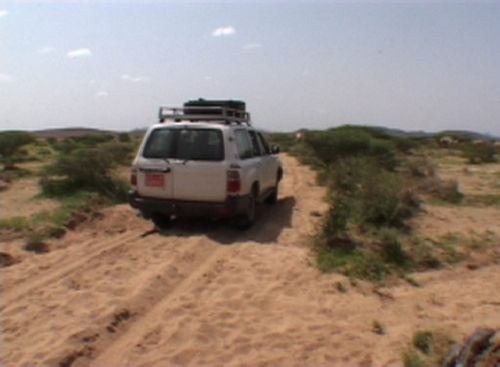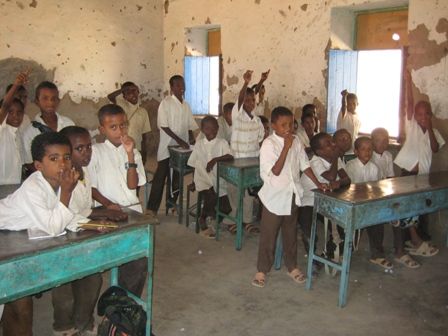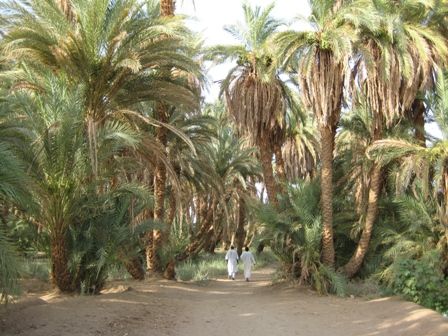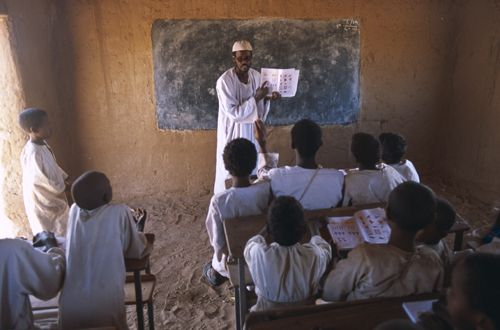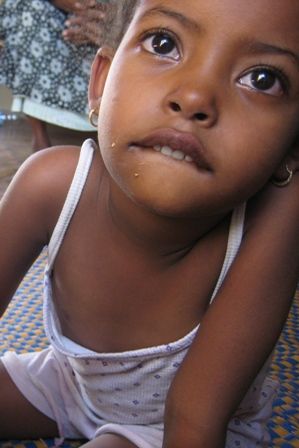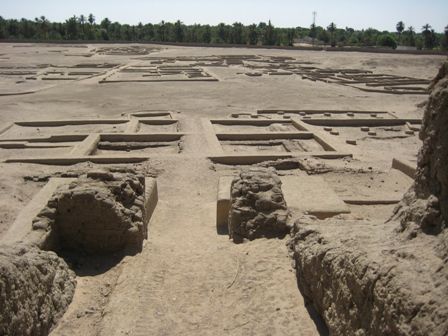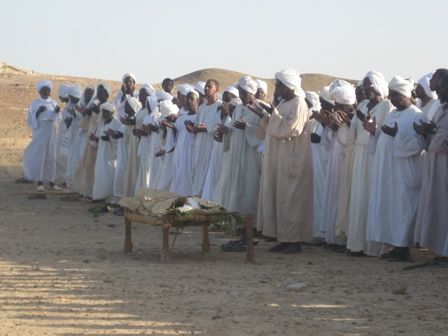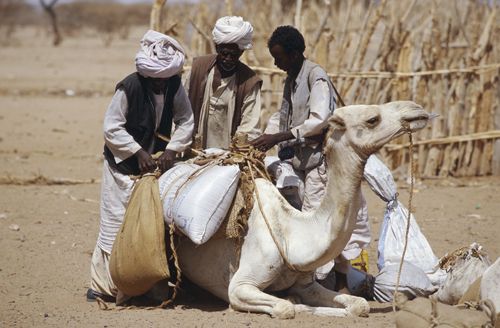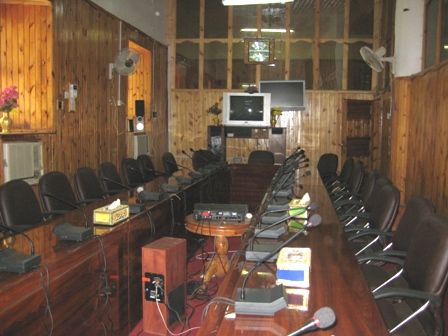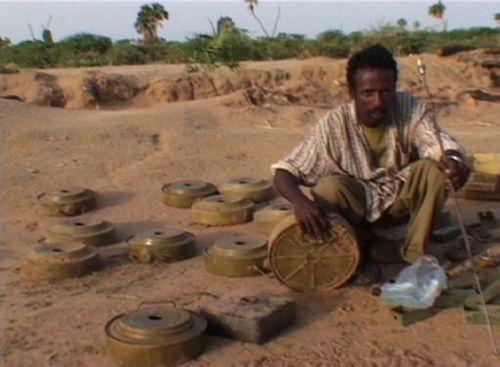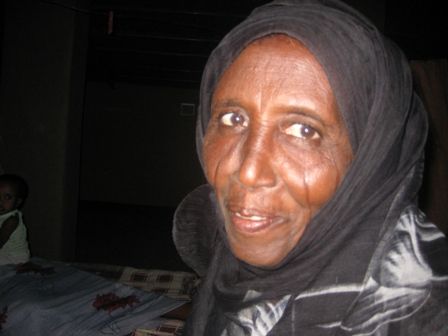This curriculum was created by Kristin Collins.
STUDENT PREPARATION
Prior to beginning this webquest you may want to acquaint your students with Sudan. Ask them what they already know about Sudan. Depending on their level of understanding, showing them a map of Sudan, along with a brief introduction to the racial make-up of Sudan, as well as the religious divisions would help to increase student understanding of this material.
Part 1: Sudan in Transition
- Go to the project titled "Sudan in Transition."
- Have your students read the introduction to this project, or read it to them aloud.
- Open the lesson plan resource "South Sudan Independence Vote at Risk." Print out this story for your students, or have them read it online. This story gives a good overview of the hurdles that Sudan is trying to overcome with the referendum on partition. Have your students answer the following questions:
- What does the central government based out of the North fear losing if Sudan were to be divided?
- What has the U.S. government's stance on this issue been?
- What do the Arab pastoralists of the North fear will happen if Sudan is partitioned?
- What do both the Ngok Dinka farmers of the South and the Misserya pastoralists of the North say in regards to the Heglig oil fields?
- According to the peace agreement of 2005, the North and South were to split the proceeds from oil revenue until the 2011 referendum. What could, potentially, be the problem for the North if the South Sudanese vote to split from Sudan?
- Other than the disagreement over a large percentage of the potential new border, why else do some say that the vote must be delayed?
- Open the story titled "Sudan Split Over Oil," which aired on PRI's The World radio program and have the students listen to the program. You may ask them to answer the following questions:
- What is at issue in the Abyei region of Sudan regarding the upcoming referenda on splitting Sudan?
- What has happened to all of the oil wealth that the people of the Abyei region have been promised?
- What are the people of the Abyei region hoping will happen with the upcoming referendum, and what do they fear will happen?
- To gain further insight into the plight of the people of southern Sudan, and the issues surrounding the upcoming referendum, go under the "Blog" section of "Sudan in Transition." , where you will find several short blogs that were written by Rebecca Hamilton while reporting from Sudan. You may wish to divide these up among your students having each student or small group read 1-2 of these blogs and summarize them for the class. As part of their summaries, the students should explain how the subject of their blog ties back into either the conflict surrounding the upcoming referendum, or the plight of the people of southern Sudan.
- After working with the "Sudan in Transition" project page, ask your students to summarize the following:
- What natural resource is helping to fuel the conflict over the division of Sudan?
- If you were a northern Sudanese, why wouldn't you want the South to vote for partition?
- Why do many of the southern Sudanese want to split from the North and create their own independent country?
Part 2: Sudan: The Forgotten North
- Go to the project titled "Sudan: The Forgotten North."
- Have your students read the introduction to this project, or read it to them aloud.
- Return to the lesson plan and click on the resource "Sudan's Neglected North." Have your students listen to the 5 minute story that aired on PRI's The World while answering the following questions:
- While the capital, Khartoum, is booming from the profits of the oil wealth, more remote areas of Sudan have been left untouched. How does the economic advisor to the central government explain this?
- Why do those in the North say that, unlike those in Darfur who rebelled as a means to get the central government to divert money to their region for infrastructure, they don't rebel?
- How might the relative success of the rebellions in Darfur and the East affect this pacifist stance in the future?
- In the lesson plan resources there are three Heba Aly's blogs for your students to read "Sudan: A Second Darfur?," "Because We Are Peaceful, They Neglect Us," and "
- " (you may wish to divide these up among your students). Have them answer the following questions;
- "Sudan: A Second Darfur?"
- What would be the justification for a rebellion coming out of the North?
- What are two reasons that are given as to why the northerners have not rebelled against the central government?
- "Because We Are Peaceful, They Neglect Us"
- Why does Rajaa's husband have to work abroad?
- Why do the people of the North say that the government is able to ignore them, whereas the government hasn't been able to ignore the people from the South and the East?
- "Sudan: The Road North"
- What surprised Heba Aly about her bus trip to the North?
- How does she describe Taitti when she arrives? What might the lack of infrastructure in Taitti say about the central government's economic involvement in North Sudan?
- "Sudan: A Second Darfur?"
- In the lesson plan resources there is a slideshow titled "A People Neglected—Again." Start the slideshow to show your students the series of images from Northern Sudan. Have them pay special attention to the following images:
- The electric pole without any wires
- The elementary school with the crumbling walls
- The villager carrying the muddy water from the Nile River
- The boardroom of the governor of "Northern State"
- After working with the "Sudan: The Forgotten North" project page, ask your students the following questions:
- What evidence did you find regarding the claim by many northerners that the central government does not allocate enough resources to their region?
- What has been the North's response, in general, to this problem? What do you think should be their response? What might be the consequences of such a response?
- Can you think of any cases/situations where you live in which the local, state, or national government seems to monopolize or misuse much of the wealth, to the detriment of the people? Explain.
Part 3: Another Darfur
- Go to "Another Darfur." This will link you to stories about Eastern Sudan.
- Have your students read the introduction to this project, or read it to them aloud.
- Show your class either of the "Another Darfur?" videos in the lesson plan resources. After viewing the video, open "The Beja: Life on the Eastern Front," which is a slideshow of images from rural Eastern Sudan. Ask your students the following questions:
- Describe the living conditions of the Beja people of Eastern Sudan.
- What was the hope of the Eastern Sudanese in taking up arms in the 1990s against the central government?
- In the wake of the peace agreement, do the Beja people believe Khartoum has upheld their end of the deal?
- How does the plight of the people of East Sudan compare with the plight of the Sudanese people? from the other regions that you have studied?
EXTENSION ACTIVITIES
- The study of these regions of Sudan could easily coincide with a study of the genocide in Darfur. Have your students compare and contrast the situation of the people of the other regions of Sudan with those in Darfur prior to the outbreak of the genocide. How are their situations similar?...different?
- Ask your students to conduct additional research on how the United States and the international community has responded to the various situations in Sudan. They could share this information through written or oral reports, newspaper articles, short video documentaries, etc.
- Have your students create an awareness campaign at school about the plight of the people living in the various regions of Sudan. This could be done through posters, a short video, or a "public service announcement" over the PA system.
- Have your students research Sudanese oil. They can use a map to plot out what countries import oil from Sudan, as well as how much/what percentage of these countries' total oil imports come from Sudan. Have students think about the political implications for those countries that might import a great deal of oil from Sudan (e.g., China and its unwillingness to respond to the genocide in Darfur within the United Nations).
- Have your students research the allocation of government spending between urban/rural areas in your state. Are there discrepancies between how much is invested in more heavily populated areas versus less populated areas?
This curriculum was created by Kristin Collins.
Some videos are linked to the web portal through Youtube. If you do not have Youtube access at school, you may request a copy of the video from the Pulitzer Center on Crisis Reporting, or assign your students to view the video at home.
